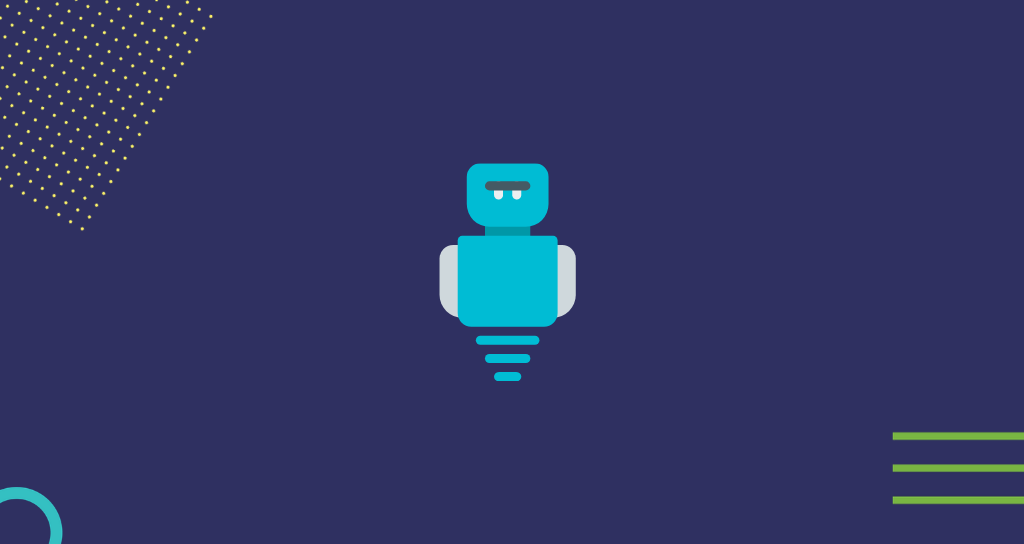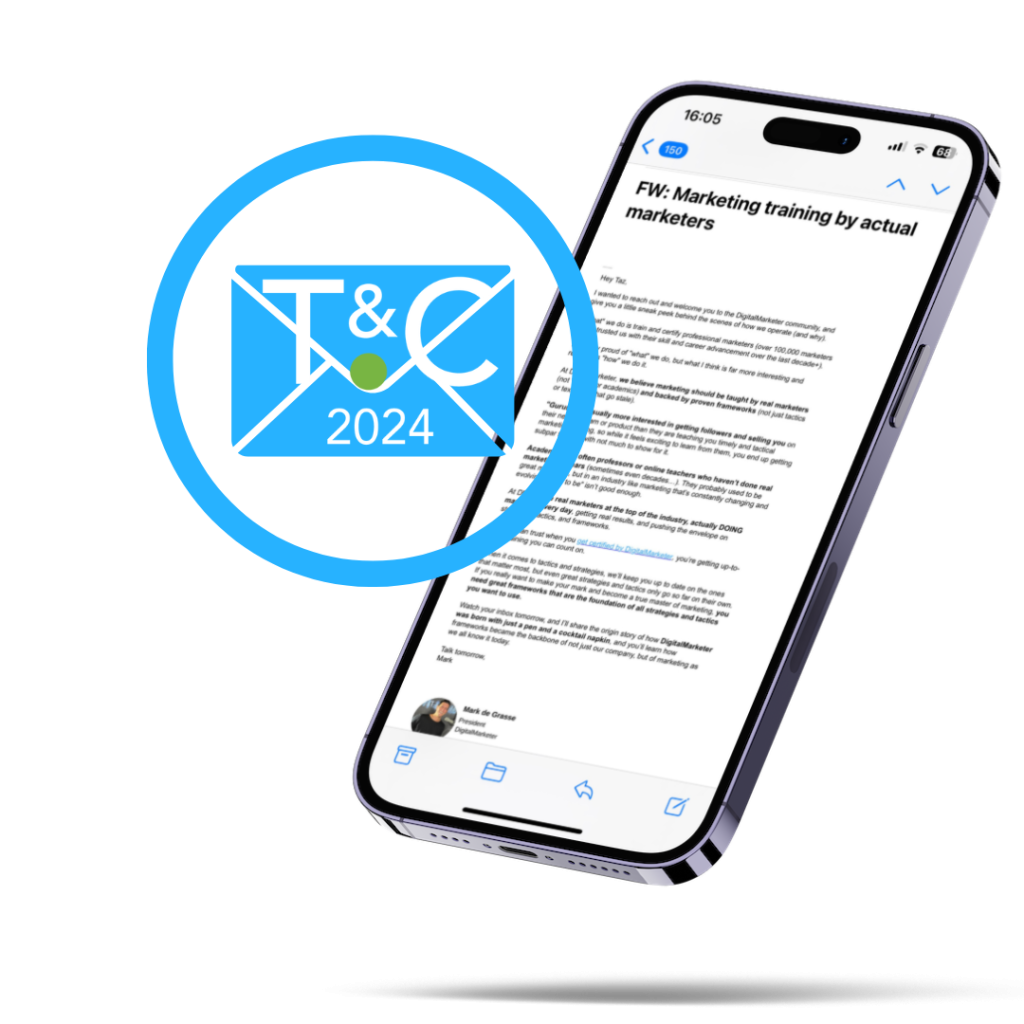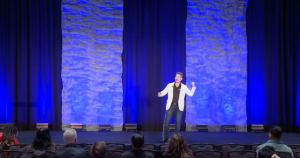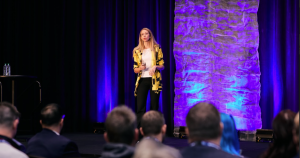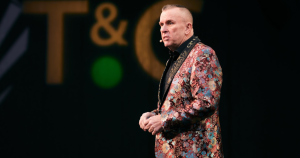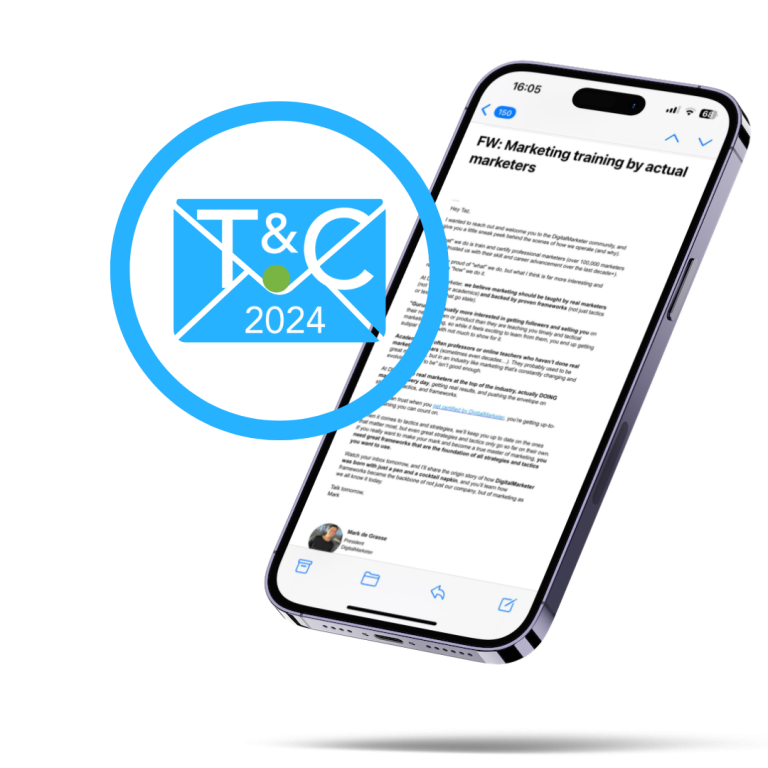Google and Facebook now represent between 60 and 70 percent of all US online ad spend.
Online ad spends and the Financial Times predicts that by the end of this year, it is going be 84 percent.
These companies now represent about one quarter of all advertising.
This gives them almost all of the control when it comes to how much it costs to advertise in the upcoming years.
When Mark Zuckerberg explained Facebook’s algorithm change, he emphasized that users were going to see more of their friends and fewer advertisements. A Facebook user will see this as a great decision, happily continuing to scroll through their newsfeed.
An advertiser sees it differently.
If there are fewer ads, this means that ad space just became more valuable and more expensive than it ever has been before. Zuckerberg just increased how much it costs to advertise on the second-largest advertising platform in the world.
What an average advertiser will take away from this is that they will need to increase their ad budget and double down on the success of their ads. What an expert advertiser sees is something the marketing world hasn’t experienced yet.
The power of artificial intelligence.
Let me introduce you to Albert, an expert marketer. His skills include autonomous targeting, cross-channel execution, testing and optimization, and analytics and insight. Albert can increase the success of your advertisement without spending hours of his time testing different ads and calculating their success. How?
Albert is a robot.
Technologies like Albert have seasoned marketers shaking in their boots. If he can successfully achieve the same results as their 20+ years in the business, does this totally dissipate the need for human marketers
Since marketing AI is still a new topic, there’s a lot of discussion behind how well it can work. Maybe Albert can implement and test a marketing strategy, but could he create the advertisement?
Albert can’t‚ but his cousin can.
Programs like AnswerThePublic and BuzzSumo are starting to look like Albert’s older cousin. These websites allow marketers to find what people are searching for and curate marketing content around those keywords.
For example, if your business sells premade Paleo diet meals, you can see what online users specifically interested in the Paleo diet are talking about, liking, and sharing with their friends.
The marketing space just became automated.
This same shift is happening in the sales industry. Companies aren’t paying salespeople to make cold calls anymore. They’re paying a monthly fee for a chatbot to do it. Gartner research predicted that by 2020, 85% of customer interactions will not have any human interaction and that the average person will have more conversations with bots than with their spouse. A study from Twilio showed that people want to talk to bots, with 66% of consumers preferring to Facebook message and chat with brands.
The ManyChat platform is riding this wave, creating a chatbot that talks with users via Facebook messenger. They’re about to create one of the first chatbot purchase buttons in the world. Users won’t have to leave the Facebook messenger app to make a purchase.
If you think this sounds too far out, let’s think about the Amazon Echo Dot. People can make purchases just by telling this household robot they want to make the purchase.
This is the future of advertising.
There are going to be three major shifts in advertising in the near future due to these changes and this is how you’re going to capitalize on them.
MAJOR SHIFT #1: Conversation Is the New Lead
What if we leveraged automation to drive real human conversation? People want real human connection. Companies want robots to do the work of humans. What does this intersection look like? In sales, there are five questions you can ask somebody to go from stranger to buyer. Each of these questions can be automated and placed in a sales funnel according to each answer.
At DigitalMarketer we are already bringing this conversation to AI chat technology. Below you’ll see the landing page for agencies looking to increase their revenue. We’ve added the chatbot feature, which has a conversation that looks like this:
We started off with a quick binary question to attempt the highest amount of responses. A simple yes or no question is your goal for question one. This is a really effective way to open a sales conversation. For example:
If you’re looking at a shirt in a store and an employee asks if you need any help, chances are you immediately say “No, thank you.” But what if that same employee walked up and asked, “Do you like that shirt?”
You would say “yes” or “no.” The key here is that the answer doesn’t matter. What matters is that you just opened up a conversation with them.
The next question is also going to be a binary, yes-or-no question like the one below. The binary question that I recommend asking is, “Are you someone that we can help?” followed up with a question asking what brought them here.
I believe the success of this AI technology is in finding the balance between chatbot and human. Bots are not for closing sales, they are for expediting the process.
This technology isn’t exclusive to chatbots. The same intersection of AI and human interaction can be created with lead magnets.
We don’t merely want our lead magnets to generate leads, we want our lead magnets to start conversations. If you have a lead magnet that is only getting you a lead, but it is not facilitating a conversation of any point, then you have a lot of people only semi-interested in your product.
This technology should help us shift from quantity to quality. By choosing to start a conversation with potential customers via email, DigitalMarketer was able to find new clients and learn about what consumers needed. We asked email recipients to reply, call, or click a link that launches a Facebook messenger chat. The choice of platform was the readers.
This is what we found.
Unsurprisingly, very few viewers called. Surprisingly, more than 50% of viewers chose to follow the external link and talk through Facebook messenger.
The goal was to start a conversation and we achieved that and motivated them to go to another platform.
The future belongs to companies who are willing to invest in one-to-one human-to-human interactions.
It’s time to stop thinking in terms of cost per click but cost per conversation.
How much does it cost you to acquire a conversation through different channels?
Invest your marketing dollars in expanding conversations.
MAJOR SHIFT #2: Community Is the New Brand
Navigating the rise in ad costs is going to be easy if you have a strong brand.
At DigitalMarketer we are spending less than ever on paid media and our revenue and traffic have never been higher. How did we do this? By becoming a leader and authority figure in our industry. This drives free traffic to our website daily, because marketers around the world come looking for us to find new strategies, advice, and overall marketing knowledge.
We invested in our brand and it paid off.
How do we now impact a person to say good things about our brand?
People attend conferences for this reason. Their industry friends tell them they’re going and it would be crazy for them to not attend. These friends weren’t paid an affiliate commission to say this, they just said it. That’s what communities do. One individual helps another, and this becomes scaled as the community becomes larger.
Let’s take a look at a great example of community, Amazon Prime. There are currently 80 million Amazon prime users. That’s 80 million people paying for a service that allows them to pay for products.
At DigitalMarketer, we are building an Amazon Prime for marketers. We want to integrate community into the marketing space. Hunting companies have created a Prime for their customers and the same strategy can be seen in the Golf Channel’s Prime rendition. The top players are turning their customers into a community and having them pay to be a part of it. And it’s working.
How can you integrate community into your product?
Better yet, how can you shift that community into a movement?
MAJOR SHIFT #3: The Customer Is the New Power Broker
Initially, the top companies in the world had one thing in common: supply. Walmart had all of the products you could need, conveniently located down the road from your home. Blockbuster had all of the movies you wanted to watch, at a store a five-minute car ride away. Yellow Cab had taxis ready for you, you just had to walk outside to a busy street to find one.
Why are these companies hurting right now? Because of new companies like Amazon. Instead of selling from supply, Amazon has created a new business strategy. Sell from demand.
We are now in a world where supply is largely irrelevant. We don’t need to go to Walmart to buy products, we can order them all online. We don’t have to go to Blockbuster to rent a movie, we can sign into Netflix or Hulu. We don’t have to find a cab, we can have the cab summoned to our front door at the exact time we are ready to leave.
Since companies are now moving away from prioritizing supply and focusing on increasing demand, this puts much more power into the consumer’s hands.
Jeff Bezos, founder of Amazon, explains,” The single most important thing is to focus obsessively on the customer.” Amazon wasn’t built on a product, it was built on a user experience
At DigitalMarketer, this customer-centricity is broken into two steps:
Show up. Go where your customers are, even if it’s inconvenient digitally and physically. Make it easy for them to find, access and make purchases from you.
Redefine. Stop defining your business by what you sell and replace it with who you serve. Building a community, as mentioned in Major Shift #2 is only going to happen if your business is based around who you sell to instead of what you sell.
How can you increase customer-centricity in order to increase demand?
The marketers who win in the future will be the marketers who make their customers feel truly understood. Consumers don’t want to be sold a product; they want to be sold a result. If the product doesn’t create the desired result, they don’t feel understood and they’ll take their business to the next company.
Your potential customers want to be the hero of their own fantasy and they need you to guide them through it. They are Obi-Wan and you are Luke. Be a worthy guide and the consumer-business relationship will thrive.
With Google and Facebook owning the majority of ad space, implementing these three marketing strategies can help your business rise to the top. Focus on conversation, community and the customer’s experience to increase demand and sales in today’s marketing world.
And if you’re ready for more…
Traffic & Conversion Summit 2020 is happening December 15 – 17 in San Diego. In 3 content-packed days, you’re not only going to get expert sessions from Ryan Deiss but also marketing legends like Marcus Lemonis, Roland Frasier, Billy Gene Shaw, Ezra Firestone, Mari Smith, Rachel Bell, Kevin Harrington, Kristen Bryant, Richard Lindner, Goldie Chan, Chalene Johnson and many more. Find out more here >>

